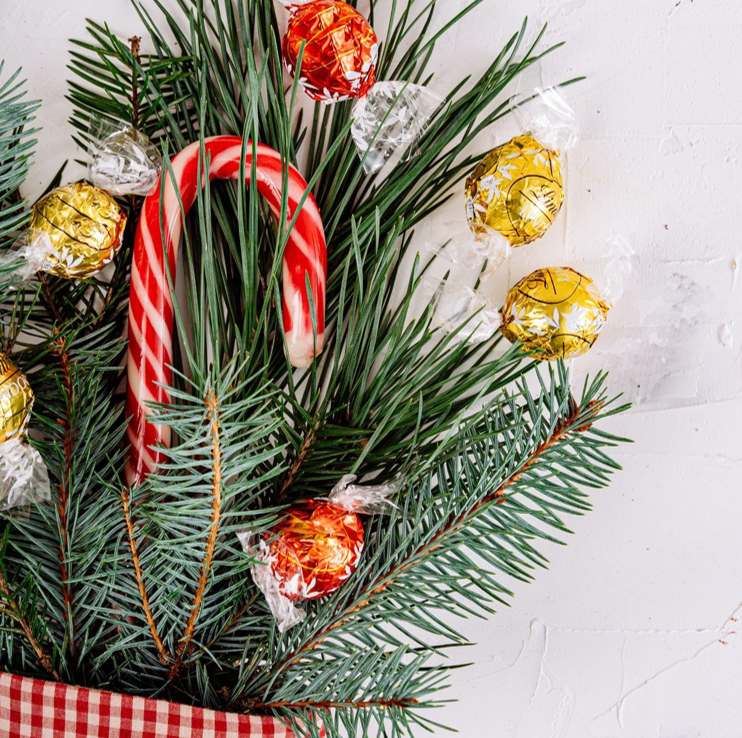Pros and Cons of Flocked Artificial Christmas Trees
As the holiday season approaches, you may contemplate which tree to choose for your home – a flocked artificial Christmas tree or a real tree. Flocked artificial trees are becoming increasingly popular, but before you decide, it’s essential to weigh the pros and cons.
First, let’s discuss the pros of a flocked artificial Christmas tree. These trees are a great alternative to messy and time-consuming real trees, especially for busy families who want a beautiful, hassle-free centerpiece. In addition, you’ll never have to worry about allergies, sap, needles, or water stains with a flocked artificial tree. Plus, they come in various colors and are available in different heights to choose the perfect tree for your space.
Another advantage of flocked artificial trees is their longevity. These trees can last for years if well-maintained, meaning you won’t have to spend money buying a new tree every season. They are also a more environmentally friendly option than real trees, which must be harvested yearly.
However, there are also some cons to consider regarding flocked artificial Christmas trees. Firstly, they can be expensive, ranging from $50 to over $500, depending on the size and quality of the tree. Secondly, they are less authentic than real trees, which may be a deal-breaker for some people who want a real tree’s traditional look and feel.
Finally, while flocked trees require less maintenance than real trees, they require some upkeep. You’ll need to store the tree properly after the holiday, avoid using water, and be careful when decorating to avoid damaging the flocking.
The Pros and Cons of Real Christmas Trees
On the other hand, choosing a real Christmas tree has its own set of advantages and disadvantages. Let’s start with the pros. Firstly, real trees are the most traditional option, and many people love the smell and feel of a fresh tree. They also give a sense of authenticity to your holiday decor and are timeless centerpiece that always stays in style.
Secondly, buying a real Christmas tree can help local businesses and the environment. Many tree farms are family-owned and operated; purchasing a tree from them can help sustain those operations. Also, Christmas trees are a renewable resource that can be recycled, making them a greener option than artificial trees that often end up in landfills.
However, there are also some cons to consider regarding real Christmas trees. Firstly, they can be messy, shedding needles and requiring a frequent watering schedule. This can be inconvenient for busy families who need more time or energy to deal with upkeep.
Secondly, real trees can be a hassle to dispose of after the holiday season. This can require extra time and expense, especially if transporting the tree to a recycling center. Finally, real Christmas trees can be a fire hazard if not correctly watered and kept away from heat sources.
In conclusion, choosing between a flocked artificial Christmas tree or a real tree depends on your preferences and lifestyle. If you want a hassle-free option that lasts for years and is easy to maintain, a flocked artificial tree might be your best choice. On the other hand, if you prioritize a traditional, authentic look and fresh pine scent, a real tree might be more suitable. Regardless of your decision, just remember that the most important thing is to enjoy the spirit of the holiday season and spend time with loved ones.

